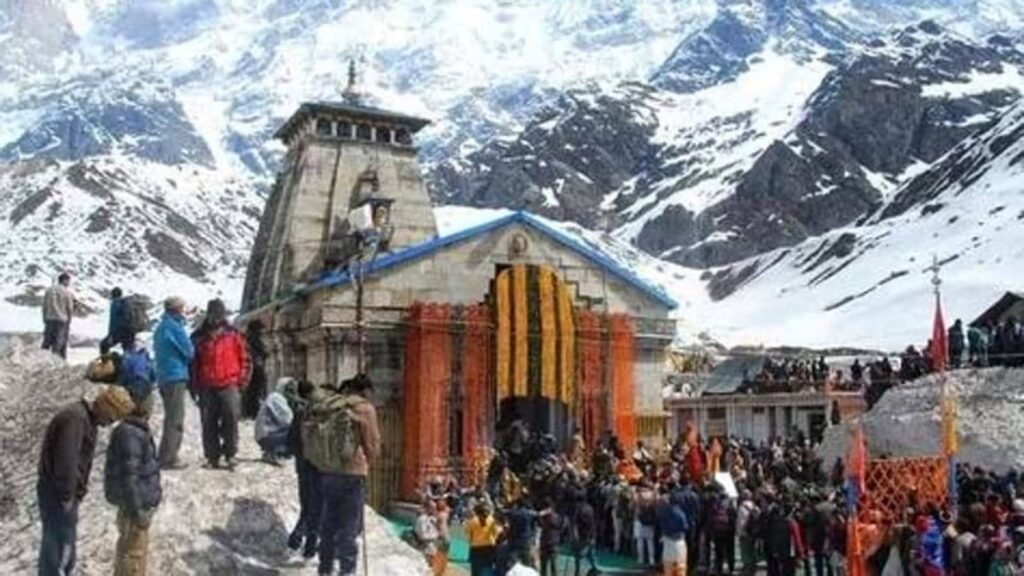The Char Dham Yatra began this weekend with the opening of the portals of the Gangotri and Yamunotri temples in Uttarakhand. Over the next few weeks, hundreds of thousands of people will pass through small towns and mountain villages in the hill state, recharging the local economy but also exerting tremendous pressure on an already fragile ecosystem. The pilgrimage of four of the holiest sites of Hinduism — Gangotri, Yamunotri, Kedarnath, Badrinath — also came days after the government rolled back a measure to cap the number of daily pilgrims, after earlier opening registration both online and offline. A record 4.6 million people visited the state during the yatra last year, and the number is expected to swell this year.
The pilgrimage commenced this year against the backdrop of the still unfolding tragedy in Joshimath, where residents reported new cracks in some houses last week and where many people displaced by the tragedy earlier this year — when deep fissures appeared on the ground and in some buildings, rendering them unsafe and forcing the authorities to demolish some structures — are still staying in relief camps. Many say they are yet to receive full compensation or a residence to relocate to. The government, therefore, must exercise caution and take measures to ensure that haphazard temporary construction or too many vehicles on still unstable hill slopes are not allowed. The fact that the hills are holy and precious to so many people is a strong reason why they need to be protected and preserved.
The government may want to consider drafting a longer term plan that respects the hallowed stature of the shrines and creates a road map for the sustenance of the ecosystem that cradles them.

